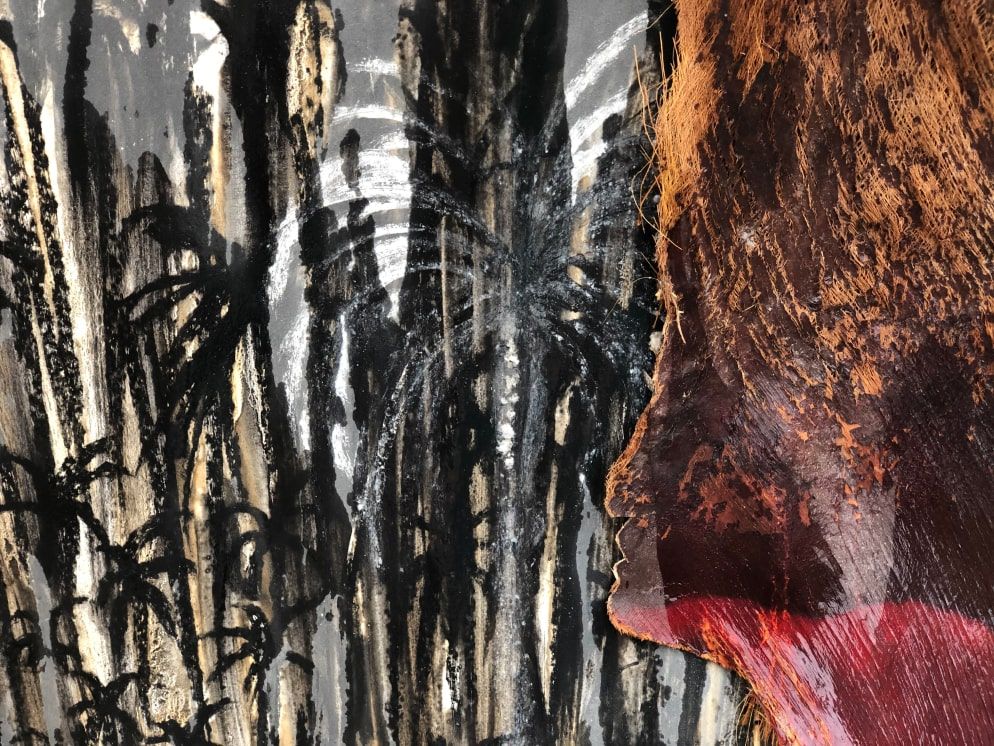The Pearl Oyster
Pearl Oyster Shell India, 17th-18th century. Diameter: 14.5 cm. Shell, incised. The Aga Khan Museum, AKM665.
In our fast-paced, restless world, we sense an increasing need and urgency to reconsider and heal humanity’s relationship with nature. In fact, our very survival depends on returning to a more respectful, humble mindset that acknowledges the fact that all life forms on this planet are not only interconnected but interdependent parts of God’s infinite universe.
In traditional Muslim cultures, many contemplated the timeless beauty of nature and its significance as both a marker and a conduit of God’s blessings. Take this beautiful pearl oyster shell for example. It was collected some 400 years ago and yet, it still inspires our awe with its colorful, iridescent surface – a natural phenomenon of mesmerizing, meditative beauty.
Looking closer, the shell is inscribed with the most exquisite and intricate Qur’anic verses (Suras 109, 112-114, 17: verse 81, 68: verses 51-52, and the beginning of Sura 48) and prayers in eight concentric circles, evoking God’s blessing and protection. Enhancing the shell, which is shaped like a shallow cup, in this way makes a beautiful point about the interdependency of all creation: the inscriptions transform the shell into a conduit for God’s grace as the owner imbibes water blessed by the holy verses from its well.
Written by Special Guest Contributor Dr. Ulrike Al Khamis, Director and CEO at the Aga Khan Museum, Toronto. In each issue, we feature a special treasure from the Aga Khan Museum, one that tells a story, captures a moment and inspires conversation.


